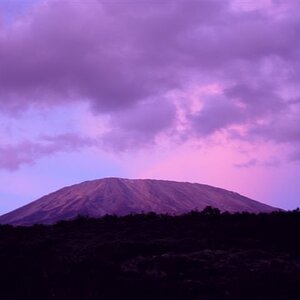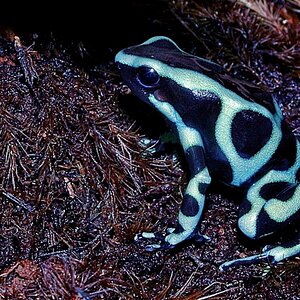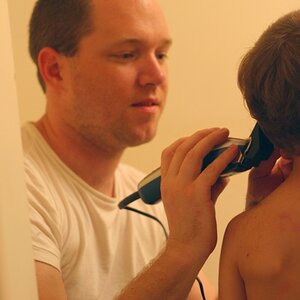Hertz van Rental
We're supposed to post photos?
I'm afraid that the short answer is 'no'. Or at least what work has been done in this area is highly specialised and the papers that have been written are very technical. There is nothing of a practical nature that I have found.JamesD said:Is there a printed or web reference with even more detail? I find it all quite facinating.
Most of the work that has been done is centred around Astronomy, as that is where the bulk of low light level exposures takes place. The best paper on the subject I have found (but I have to admit to not having looked very hard) is in the Annual Review of Astronomy and Astrophysics for 1979 - Advances in Astronomical Photography at Low Light Levels by Smith & Hoag. http://adsabs.harvard.edu/abs/1979ARA&A..17...43S - but be warned, it is very specialised and most of it is to do with hyper-sensitisation.
As for 'flashing' during and after exposure. If you understand the theory of latent image formation (electron movement, nucleation, that sort of thing) then you will understand how it works.
I won't go into it here, though, as it would take me about a half-an-hour lecture with diagrams and a short quiz after to explain it properly.
I will say that the illumination level required for post-flashing is extremely low - an exposure of around 30 minutes would be required to make an appreciable fog on the emulsion.
The figure of 5% for pre-flashing is just a starting point and easily arrived at.
The exposure required is just below the one that makes an appreciable fog on the emulsion.
5% is 1/20th.
If the exposure for mid-tone grey is X.
Then the exposure to just record shadow detail is X - 4 stops (or X/16)
1/20th will be just below that and on the threshold of exposure. Simple.



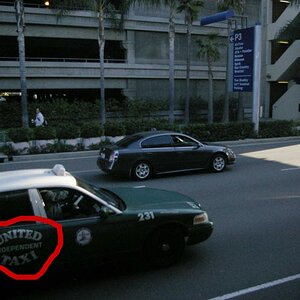
![[No title]](/data/xfmg/thumbnail/31/31756-ed344608f5fc9a69ff1d67dc7d03161c.jpg?1619734993)
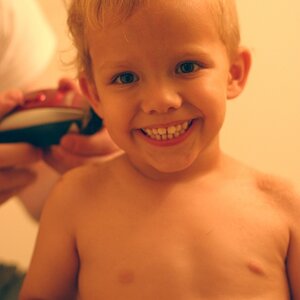
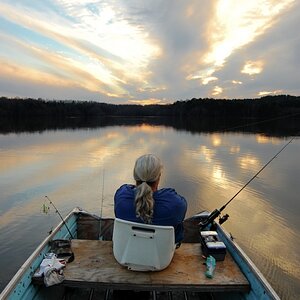
![[No title]](/data/xfmg/thumbnail/32/32636-5a159481dcab8aaf87f2d7b501496db1.jpg?1619735554)
![[No title]](/data/xfmg/thumbnail/31/31755-9bffabfa76f6307bcd78f535b2421cb5.jpg?1619734993)


![[No title]](/data/xfmg/thumbnail/32/32805-61ca9a4fb87d37c0ef4f991ac1705e1f.jpg?1619735667)
